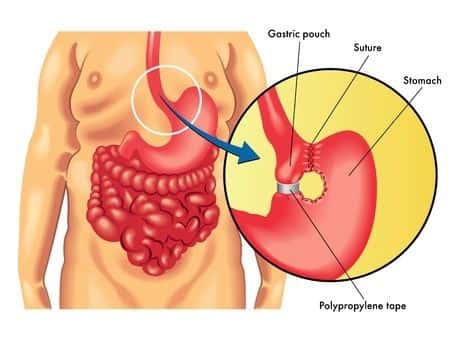This case takes place in North Dakota and involves a 70-year-old male patient, with a past medical history of morbid obesity, who underwent placement of a Stomaphyx device (endoluminal gastric pouch reduction). About a year later, the Stomaphyx device was removed. Six months later, he underwent upper endoscopy and a large perforation of the esophagus was noted. This was treated non-operatively by esophageal stenting. A series of endoscopies was needed to properly place the stents. Despite what was thought to be adequate placement, he developed evidence of mediastinitis and then an aorto-esophageal fistula. This, too, was treated non-operatively, but eventually an esophageal resection was performed. Despite continued treatment, he developed sepsis and died.
Question(s) For Expert Witness
1. How often do you perform these procedures?
2. Have you ever encountered the complications that this patient suffered?
3. Is it common to fail to recognize an esophageal perforation during endoscopy?
Expert Witness Response E-009366
I frequently perform these types of procedures, typically on a weekly basis. Before the Stomaphyx device was taken off the market, I performed over 100 surgeries using the device. I never had a patient encounter this complication. I have, however, treated patients who suffered perforations following this therapy and have been deposed as a treating physician in those cases. Complications like these may be why the Stomaphyx device was taken off the market. The timeline from when the device was placed to the discovery of the perforation seems very long. The management also seems troublesome. The patient should have been scanned if a perforation were suspected instead of undergoing endoscopy. In terms of whether or not it is common for an esophageal perforation to be missed, it really depends on the size of the perforation. However, the symptoms usually manifest themselves within 24-36 hours. It is very odd that this one was missed for so long.
About the author
Michael Morgenstern
Michael is Senior Vice President of Marketing at The Expert Institute. Michael oversees every aspect of The Expert Institute’s marketing strategy including SEO, PPC, marketing automation, email marketing, content development, analytics, and branding.



